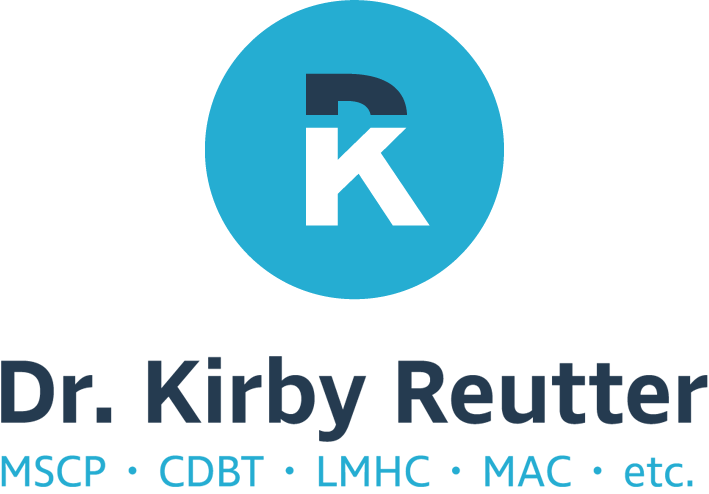Have you ever noticed something about someone else before that person did? Maybe that person has a funny tic or says the work “like” way too many times in one sentence. On the flip side, have you ever thought that other people might notice things about you that you don’t even realize about yourself?
In this blog, we are going to talk about four different zones of awareness (Davies, 2014):
Zone 1: Information that others know about me AND information that I know about myself.
Zone 2: Information that others know about me BUT information that I do not know about myself.
Zone 3: Information that I know about myself BUT information that others do not know about me.
Zone 4: Information that others do not know about me AND information I also do not know about myself.
Zone 1 refers to general or public information, since this is information that both you and others know about.
For example, most people within your social circles probably know your name, your job, where you live, how many kids you have, and so forth. Zone 1 is usually the stuff of small talk.
Zone 2 refers to blind spots; this is information that other people know about, but you do not! As uncomfortable as this may seem, everyone has blind spots. We simply cannot observe ourselves from the same perspective as everyone else. Even when we look in a mirror, we still cannot see ourselves to the same extent as someone else looking at us. Therefore, people end up observing details about us that we do not even realize. Blind spots become a major issue in our lives when we have problems that other people see—but we do not. Trauma survivors can have unique blind spots. For example, some of your reactions may seem like over-reactions to other people. Or some of your triggers may seem illogical to other people. Or some of your intense emotions may seem out of proportion to other people. Later on in this series, we will examine two kids of blind spots in greater detail: denial and pre-contemplation.
One goal of this blog series is to help you identify your blind spots!
Zone 3 refers to hidden information, since this is information that you know about, but others do not. Not here’s the tricky part about hidden information: Some information is just personal and we should keep it private, because other people don’t need to know our business. However, some information is toxic when we keep it private, and we should share this information with someone that we can trust. In other words, there is a difference between healthy versus unhealthy secrets. Examples of unhealthy secrets include any past or present abuse, neglect, or trauma. We were not designed as people to carry these burdens alone!
Another goal of this blog series is for you to identify any traumatic experiences (either past or present) that you need to process!
Zone 4 refers to the unknown; this is information that nobody knows about—yet! However, as you continue to journey through this blog series (as well as life), information from this zone will start to transfer to the other zones we have talked about.
The more you practice the skills in this series, the more you will learn about yourself, and the more others will learn about you as well!
For practical exercises to learn more about the stages of acceptance, please refer to my new workbook: DBT Skills Workbook for PTSD: Practical Exercises for Overcoming Trauma and Post-Traumatic Stress Disorder!


